
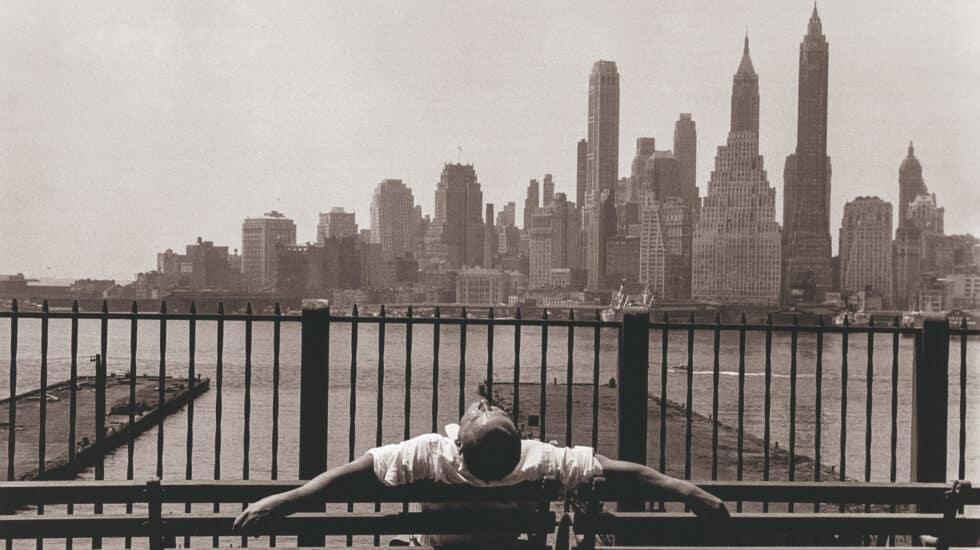
Brooklyn Waterfront, Brooklyn, New York.
“Endless unsung heroes are worth as much as the greatest heroes of history,” sang the father of American poetry. Walt Whitmanin his memorial grass leaves. And, on those heroes to whom no one ever wanted to dedicate their songs, the photographer put his camera Louis Stettner (New York, 1922 – Paris, 2016). The New Yorker built his entire artistic career on the propaganda of love for the common man, which the poet so sincerely declared.
Stettner grew up in an interwar generation that saw humanity lose what little faith in itself it had after the experience of World War II. But far from pessimistic existentialism, the New York photographer found the miracle of the extraordinary in glorifying the ordinary, discovering, like Whitman, the hidden beauty that everyday life cherishes.
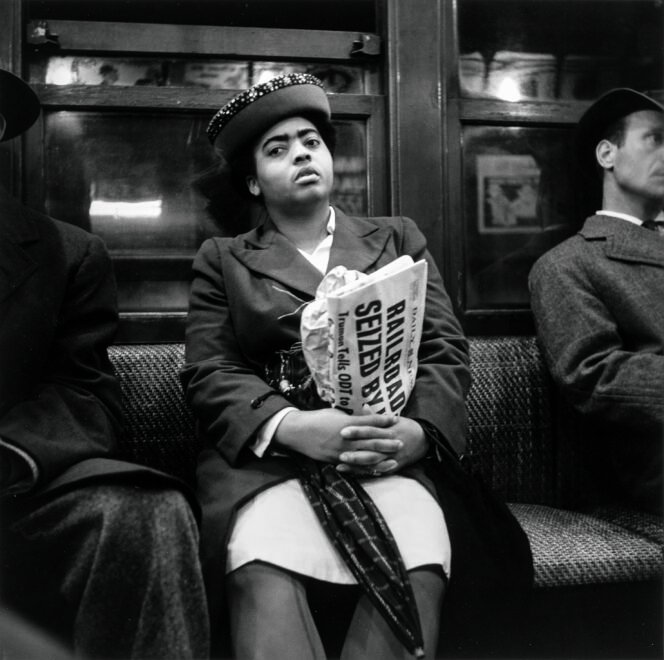
While not one of the most recognized photographers of his generation, Stettner has a voice of his own that is hardly comparable to that of any of his contemporaries. His photographs retain a unique expressive power, the product of a humanistic and humanizing look at a very delicate historical moment to protect such values.
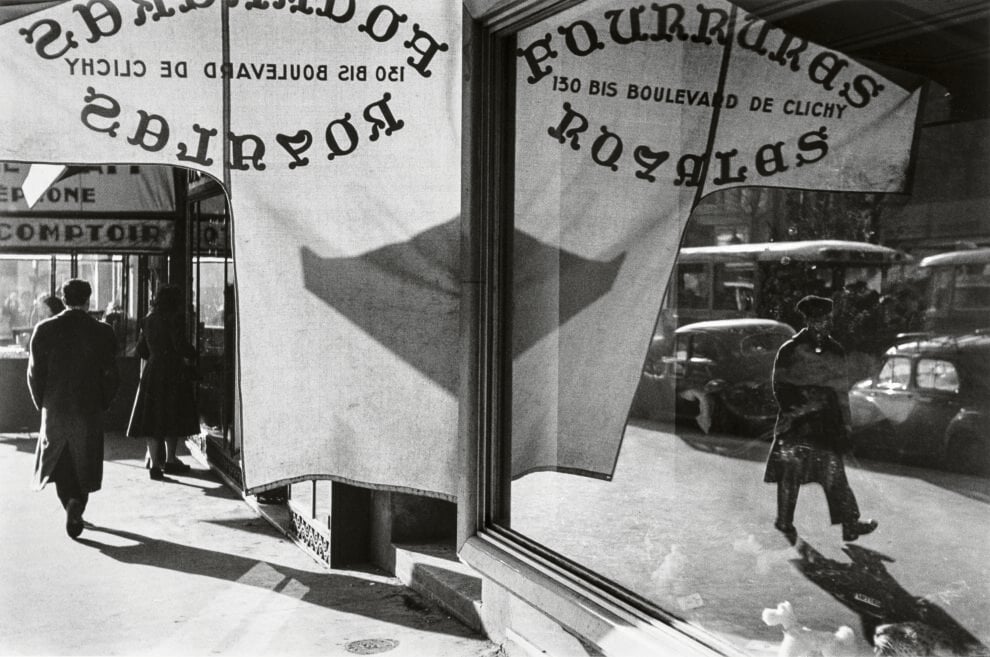
In an effort to make up for this lack of knowledge, the Mapfre Foundation decided to dedicate the most comprehensive retrospective to date to the New York artist and Spain’s first exhibition of nearly 200 photographs. An exhibition dedicated to the life and work of the Brooklyn photographer to better understand the scope of his legacy.
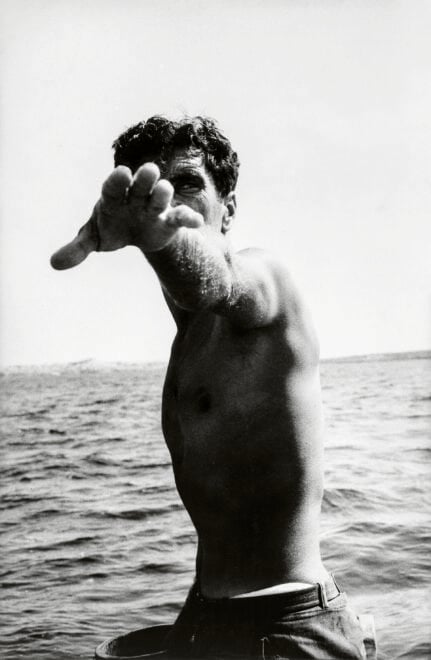
Halfway between New York and Paris, the quintessential Big Apple street aesthetic ends up getting drunk on French humanism and vice versa, fusing the cooler American tradition with the more lyrical French. Inspired by Whitman’s literature, he was imbued with this love for the common man and his daily life. But apart from his artistic influence, Stettner also had a political and social focus that distinguished his photographs. He was a Marxist and defended his postulates throughout his life, celebrating and defending the value of the working class, the undisputed protagonist of much of his work. In the absence of a current or particular school, the common thread of his career is the beauty of people’s daily lives and the humanity of ordinary men and women.
The retrospective, which can be visited from June 1 to August 27 at the Mapfre Foundation headquarters (Pº de Recoletos, 23, Madrid), offers a guided tour that starts with the first photos of post-war New York, where subway cars become the main stage to admire the natural working class. Some shots interspersed with those he started on his first trip to Paris in 1947. Paris, devastated after the Nazi occupation, which Stettner decides to portray empty of people, offering a melancholy image of a city awakening after the war.
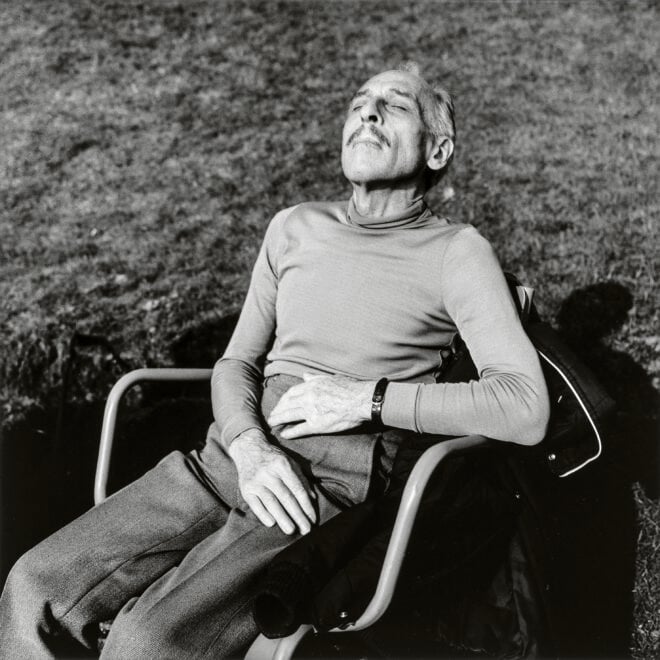
Passing through Ibiza, Malaga, Greece or Portugal, the black-and-white photograph of the New Yorker plunges into the poetics of simplicity, framing bodies and emphasizing the uniqueness of each human face. Stettner is not talking about the masses, but about the individual, he visits the production lines but does not look at the machines, he focuses on the person doing the work. He doesn’t see nameless faces, he sees stories, pasts explained in scars, marks and features that distinguish each of us. That’s why he is also a son of his time and ultimately portrayed the great social movements of his time, such as civil rights in the United States or the rejection of the Vietnam War.
Later, with the advent of color in his work in the early 2000s, when he returned to New York as a tourist, having long since settled permanently in Paris, he sought to capture the vital momentum of the modern city. . In his final stage, like his beloved Whitman, he returned to nature and painted trees in the Alpilles, French Provence. There it is amazing to see how he handles the immensity of the landscape, looking for the specific features of each tree in the middle of the forest.
Contrast with Anastasia Samoilova, winner of the first KBr Photo Award
Stettner’s work contrasts and at the same time somehow combines with another exhibition that the Mapfre Foundation is opening in the context of PHotoEspaña 2023, dedicated to Anastasia Samoilova (Moscow, 1984) and his project Image of cities. The work, selected among almost 400, from first edition of the KBr Photo Award.
This project brings together works from more than a year and a half of work, traveling through 15 countries and 17 cities, from Europe to Latin America, passing through Asia. An exhibition of 49 images, in which the starting point is the ranking of the most globalized cities on the planet. If Stettner was looking for the unique, concrete and human, Samoilova’s photographs show the general, anonymous and impersonal aspects of cities.
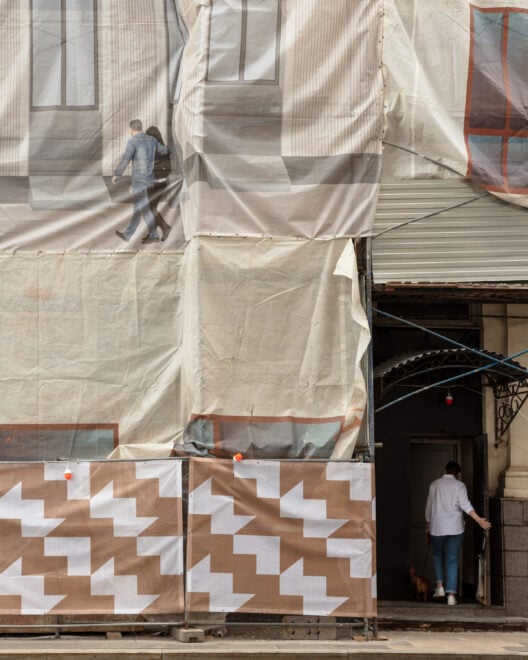
Image of cities it is a portrait of a unique city defined by serialization and repetition. Billboards, scaffolding, advertising banners reflect the illusions and promises of a life that does not correspond to the reality of its inhabitants. The human figure is buried under the realm of advertising images, synonymous with luxury and consumption. The images create an imaginary world in which the city becomes a big decoration in which nothing seems real.
Source: El Independiente